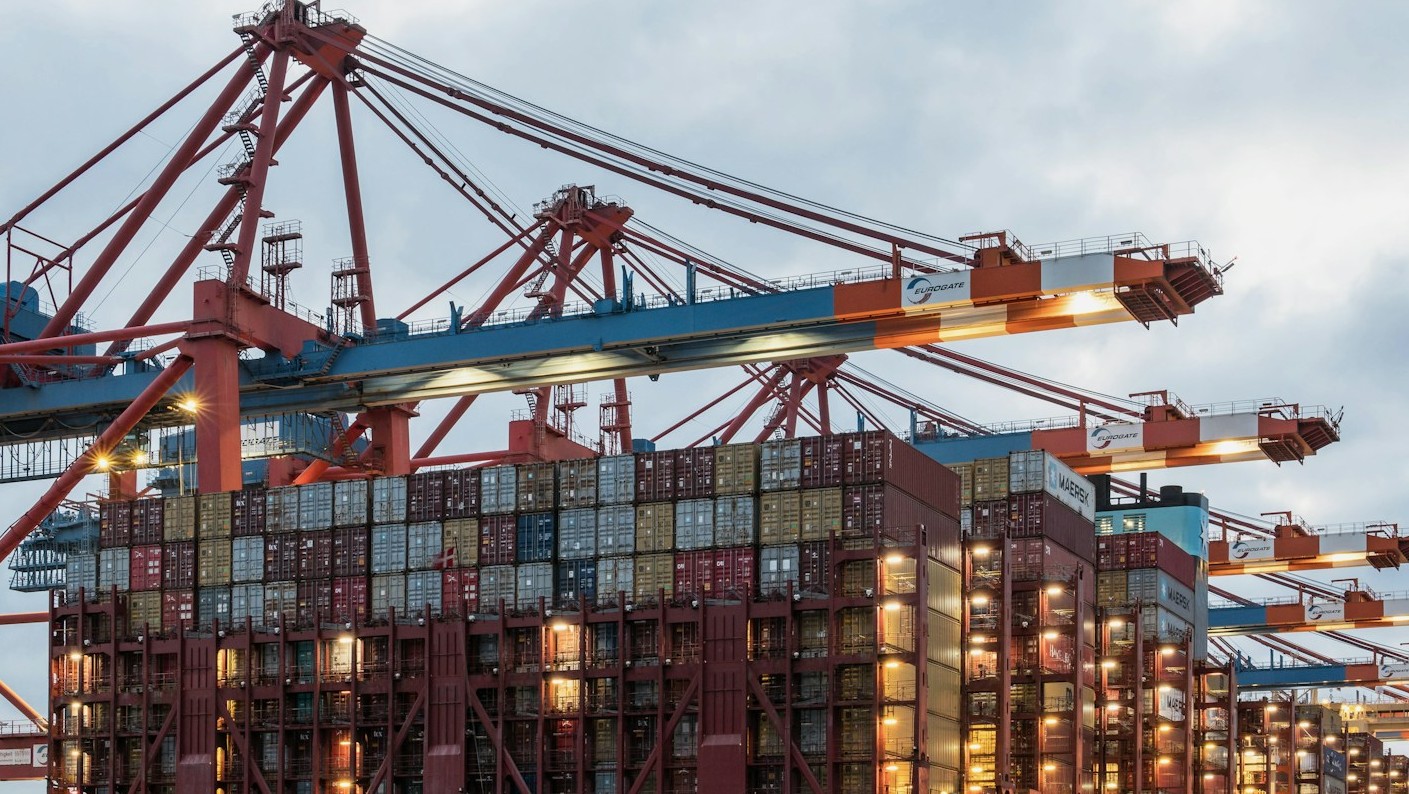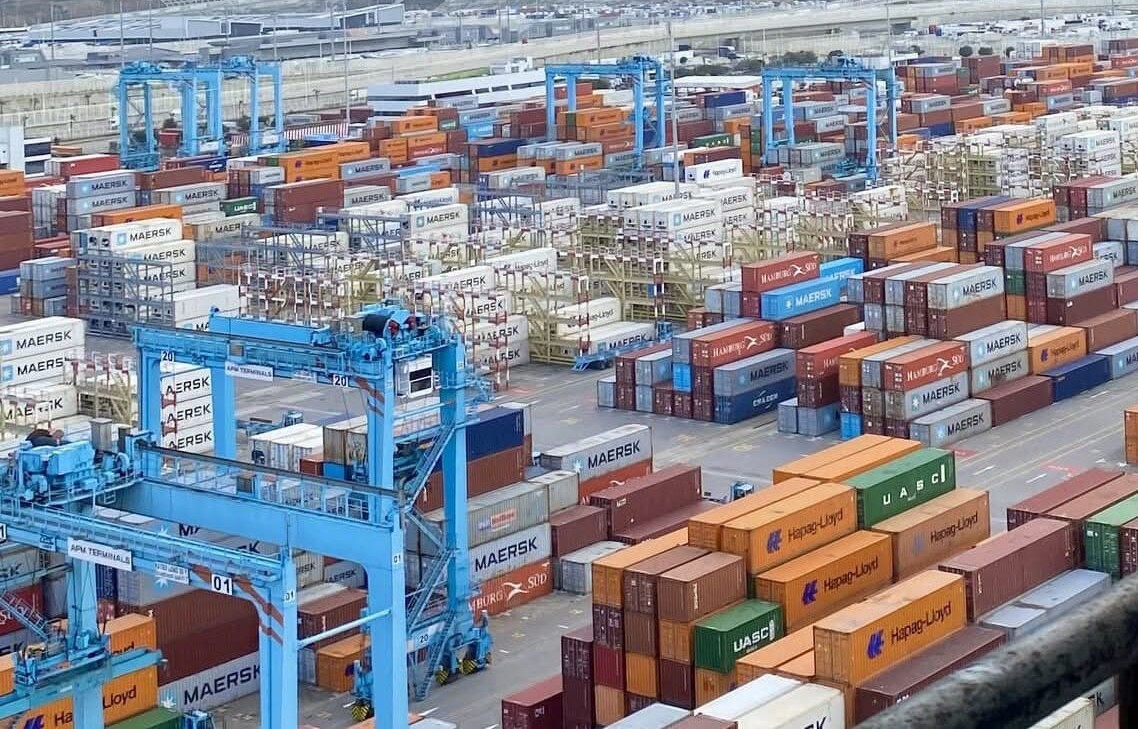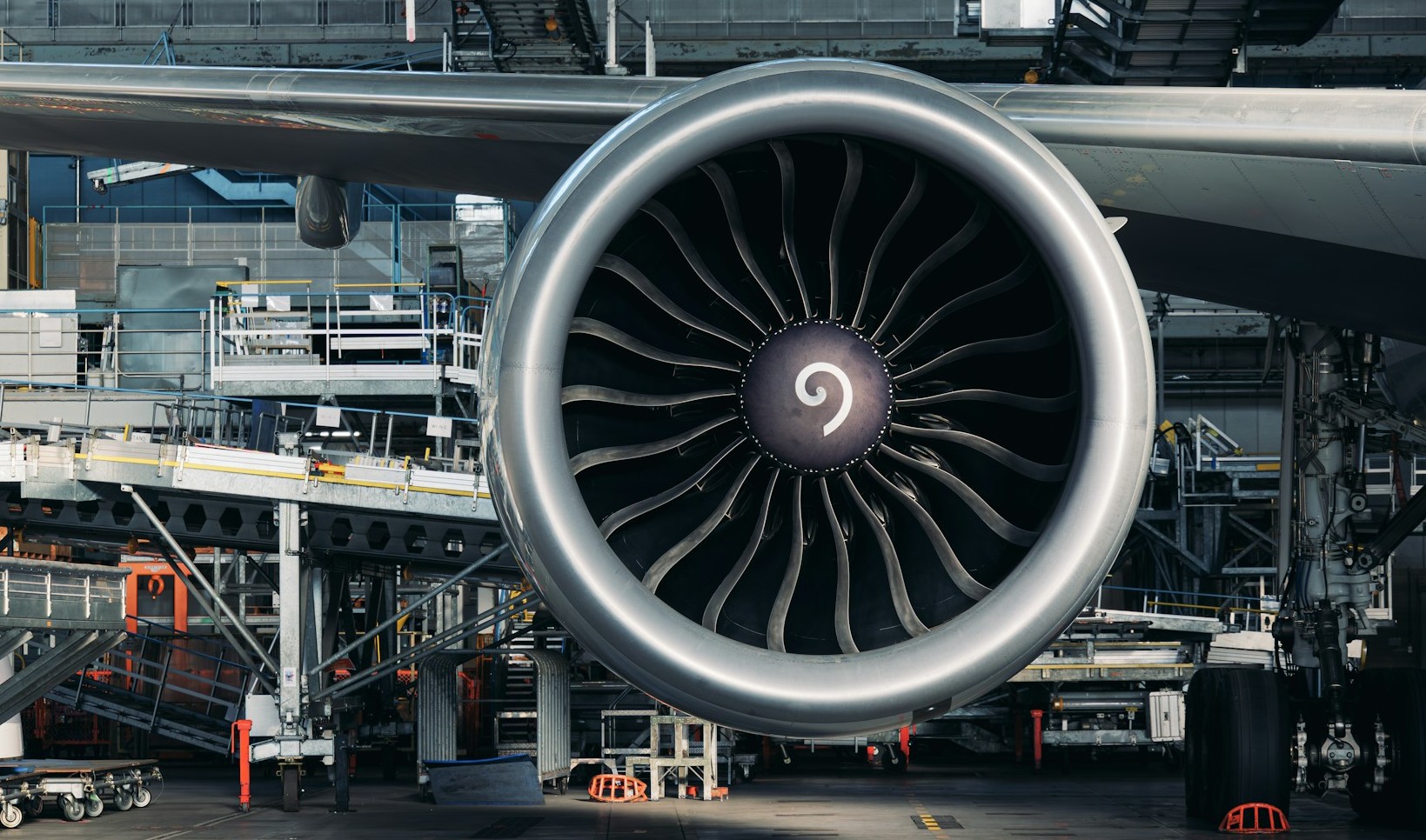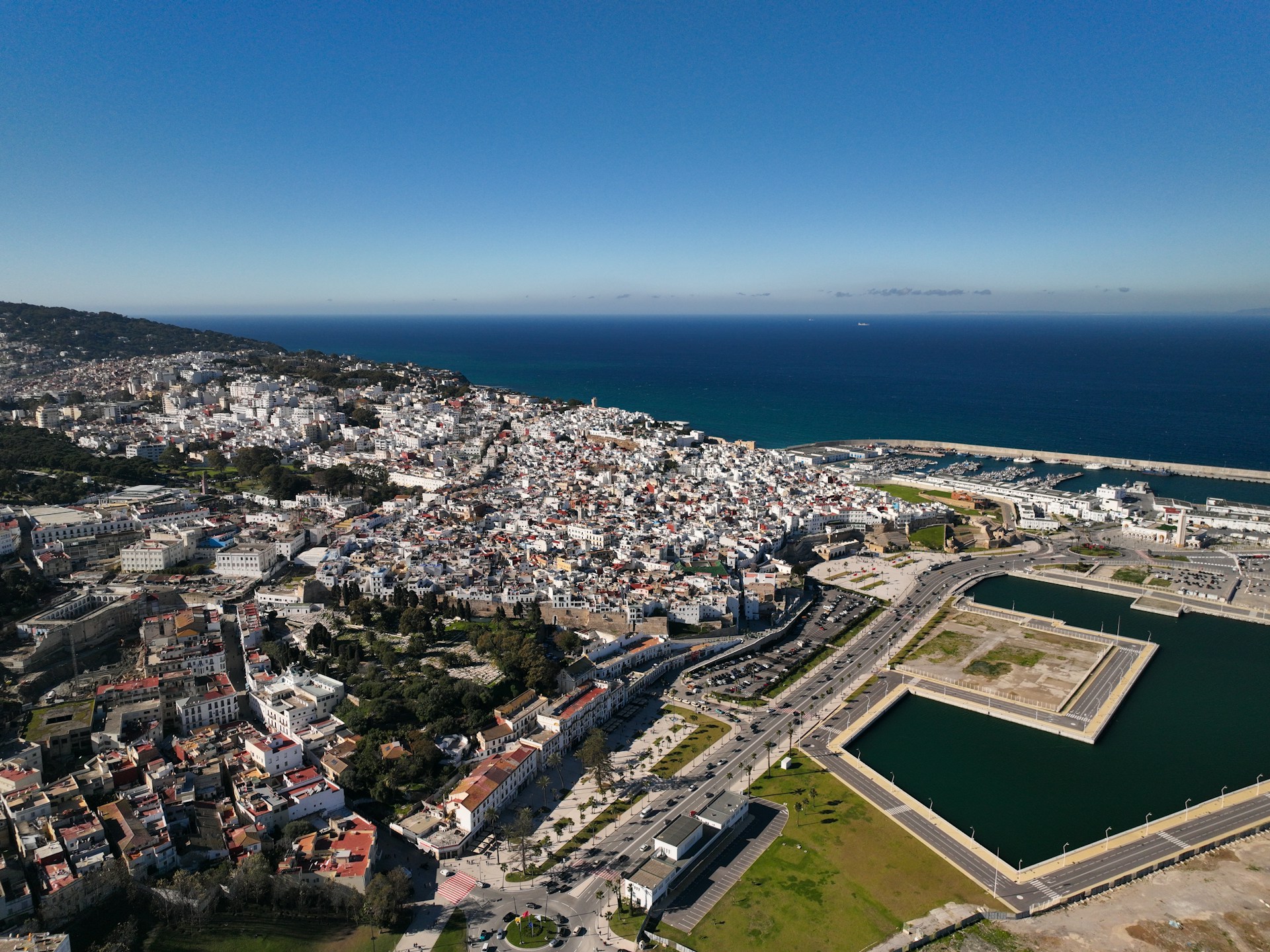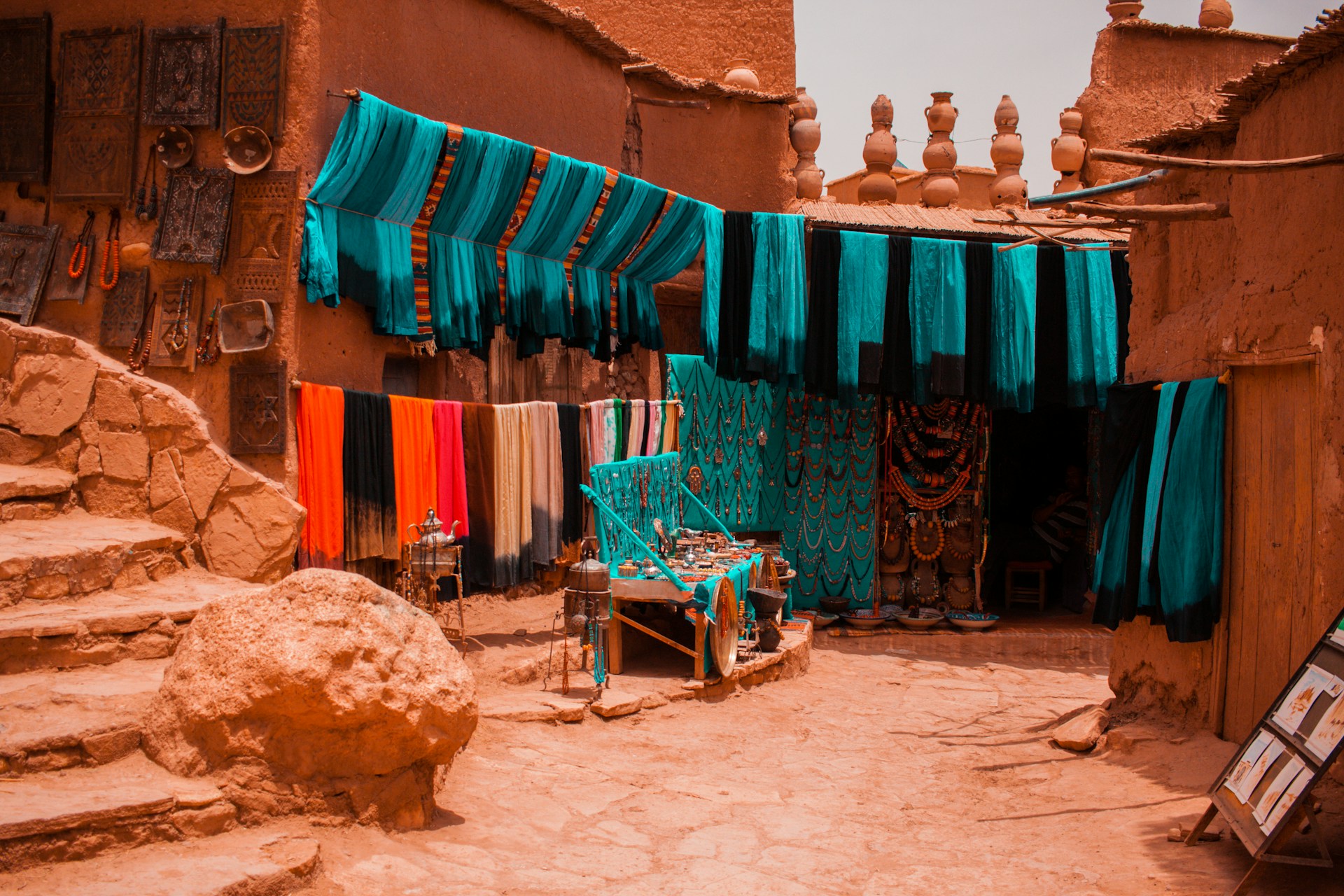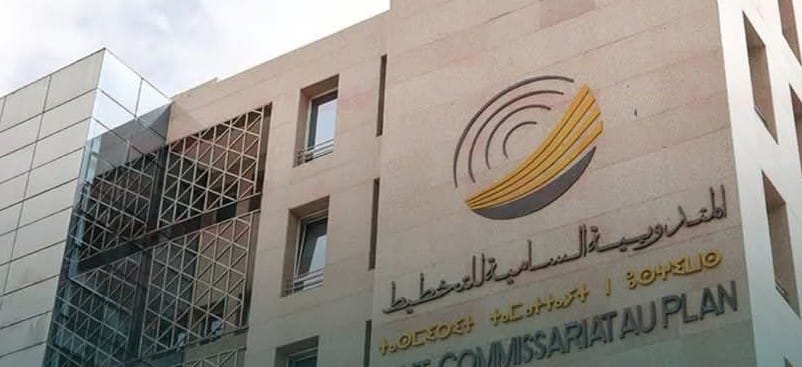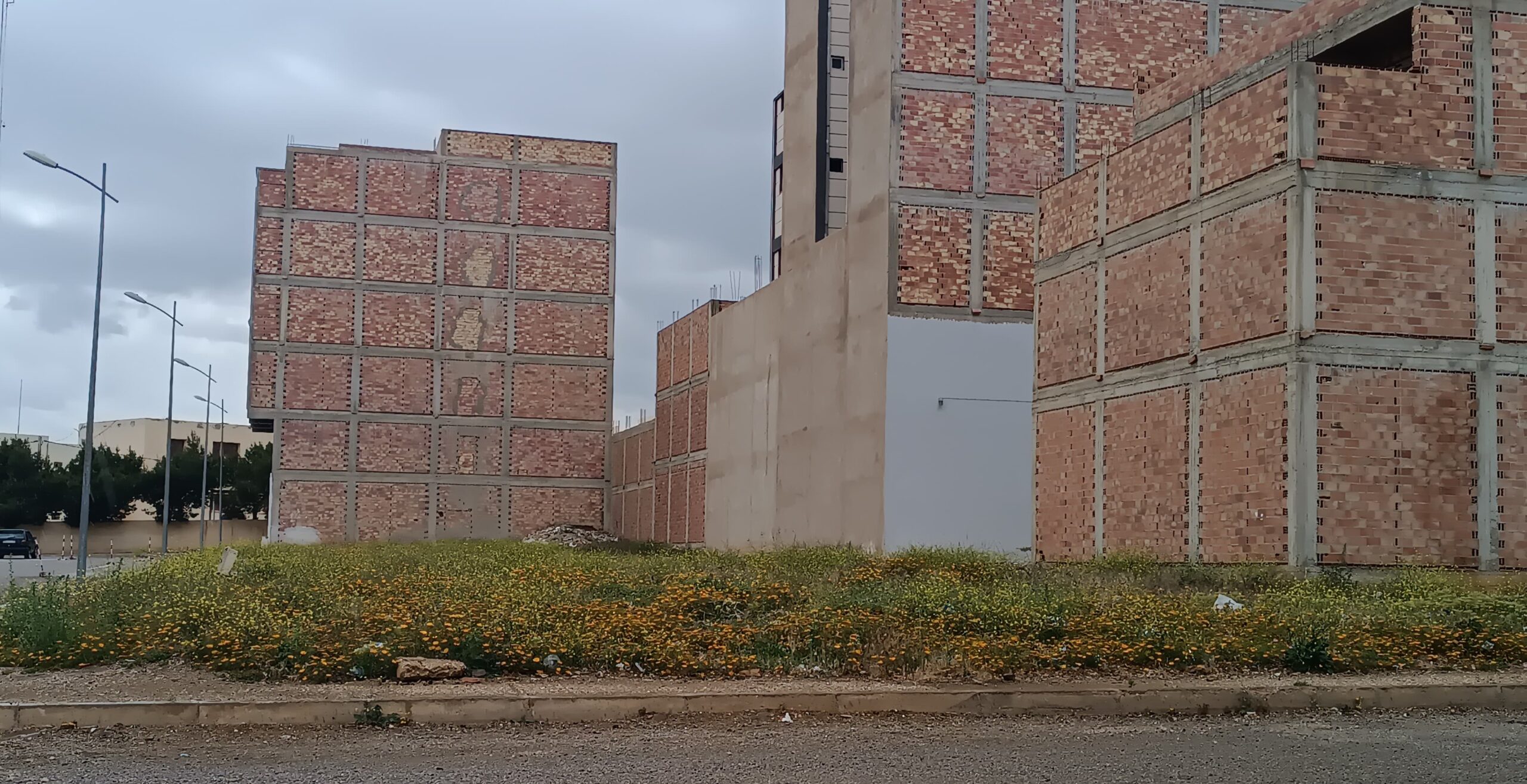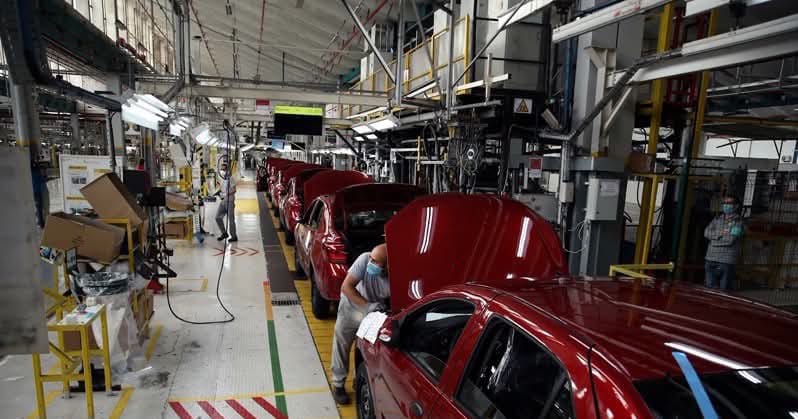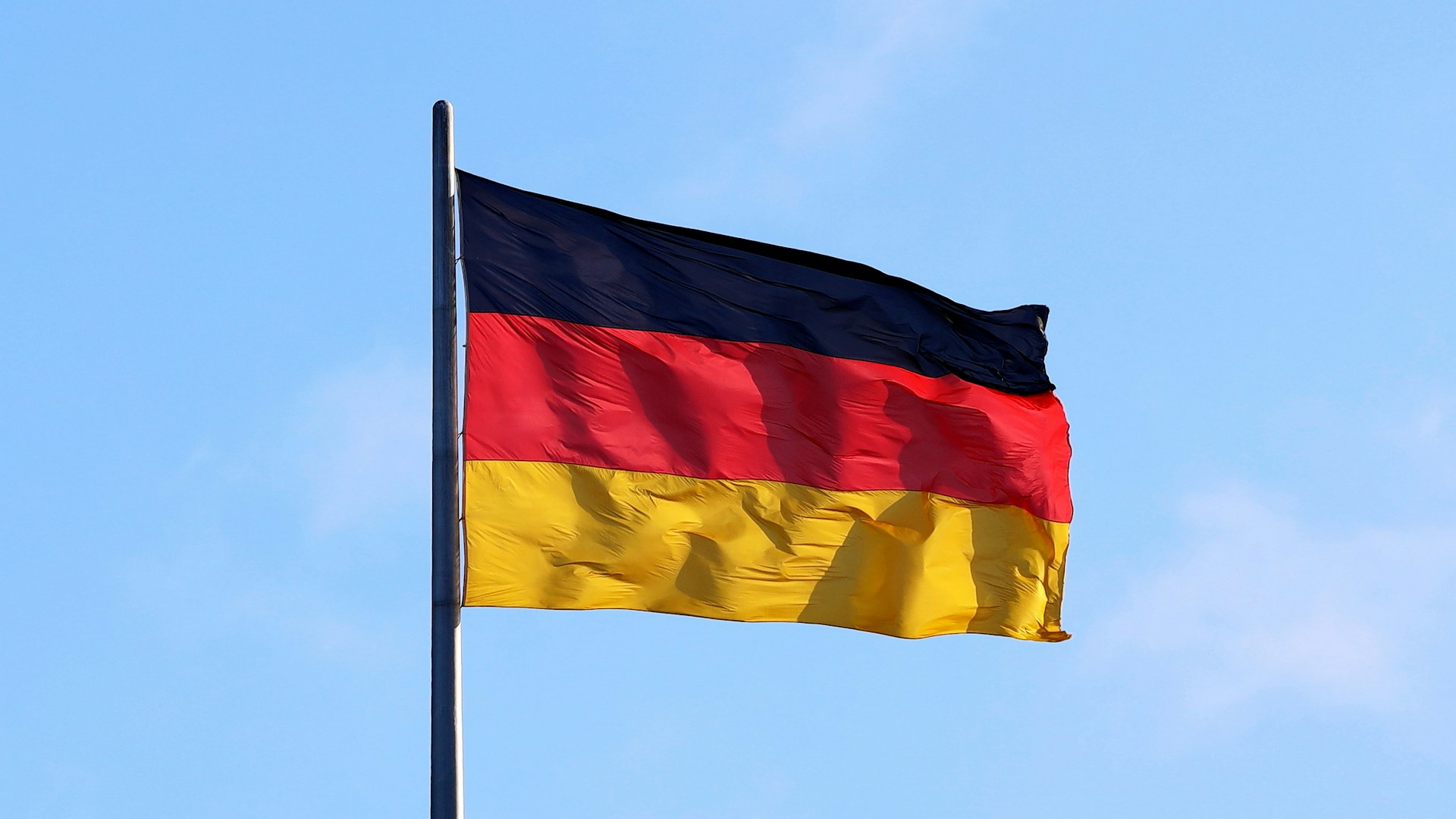Casablanca – Morocco’s tourism sector posted a strong performance in the first quarter of 2025, continuing its recovery trajectory with a notable increase in visitor numbers. However, while tourist arrivals rose sharply, growth in foreign currency revenues did not follow at the same pace, highlighting a growing divergence between volume and value in the sector.
According to data from the Ministry of Tourism, Handicrafts, and Social and Solidarity Economy, 4 million tourists visited the Kingdom between January and March 2025—a 22% increase compared to the same period in 2024. This figure includes 2.1 million international visitors and 1.9 million Moroccan expatriates, underlining the country’s dual appeal to both foreign travelers and members of the diaspora.
The Ministry emphasized that this performance strengthens Morocco’s status as a “four-season” destination. The strategy, launched at the beginning of the year, aims to attract tourists year-round through diversified offerings and improved accessibility. Several Moroccan cities and regions have benefitted from increased tourism flows, supported by expanded flight connections and enhanced promotional campaigns.
March 2025, which coincided with the holy month of Ramadan, recorded approximately 1.4 million tourist arrivals, marking a 17% year-on-year increase. Tourism Minister Fatim-Zahra Ammor noted that these results reflect the evolving nature of Morocco’s tourism offering, which is becoming more in tune with the needs and expectations of an increasingly selective global clientele.
However, despite this surge in visitors, foreign currency earnings have shown inconsistent growth. In January 2025, revenues reached approximately $896 million, up from around $814 million in January 2024, representing a 10.1% increase. But in February 2025, earnings fell to about $711 million, compared to $753 million during the same month last year—a decline of 5.16%, equivalent to a monthly drop of $42 million.
As a result, the cumulative growth rate for the first two months of 2025 stood at just 2.8%, raising concerns about the sector’s ability to translate increased footfall into proportionate economic returns.
Several factors may be contributing to this imbalance. The growing use of low-cost airlines has expanded access to Morocco for budget-conscious travelers, possibly resulting in lower average spending per tourist. Additionally, global economic uncertainty—exacerbated by recent protectionist measures and geopolitical shifts—may be affecting travel behavior and spending, particularly in key source markets.
Notably, France maintained steady growth with 17% increases in both January and February, while other European markets saw deceleration. Spain’s growth dropped from +19% in January to +9% in February; the UK went from +45% to +37%; and Italy from +47% to +20%.
Despite the revenue concerns, Morocco remains on track with its Vision 2030 tourism strategy, which targets 26 million visitors by the year the Kingdom co-hosts the FIFA World Cup with Spain and Portugal. The government has committed to further developing infrastructure, upgrading hotel capacities, and promoting lesser-known destinations to help achieve this goal.
Tourism continues to be a vital economic pillar, representing approximately 7% of Morocco’s GDP, and serving as a major source of both foreign exchange and employment. As the year progresses, stakeholders will be watching closely to see whether upcoming quarters can deliver stronger revenue growth to match the rising tourist numbers.
